The GST Council has decided to implement the seminal and paradigm-changing Goods and Services Tax (GST) regime with effect from 1 July 2017. The awesome nature of the change would be evident if the message that the move would put an end to numerous state and central indirect taxes laws sinks in. It would unify India like never before in the matter of indirect taxation with there being no scope for one-upmanship that was possible when states enacted their own sales tax laws.
Petrol for example would sell at the same price both in Chennai and Delhi and tax holidays would not be region or state specific. It would also remove the cascading effect of the existing indirect tax regime—tax on inputs again when they merge seamlessly with the output even though tax was already paid by the seller of the inputs. Despite all these advantages, it should not be steamrollered but rolled out carefully thinking through each problem and making dry runs.
There of course was an anxiety—if GST wasn’t rolled out on or before 16 September 2017, there would have been a vacuum with the 122nd constitutional amendment paving the way for GST spelling the end to host of taxes subsumed by GST with effect from that date. But 1 July 2017 is full three and half months ahead of the deadline.
The central government and the Finance Minister might of course have a reason for expediting—longer the time given for rollout greater the demands for accommodation from opposition ruled states. For example, there are reports that the government had caved into the pressure to go soft on GST payment into treasury on the part of those experiencing financial difficulties. They would be allowed to pay their dues in installments spanning two years. Similar such maneuvers would dilute the effectiveness of GST.
Be that as it may, while beating the deadline and not waiting till the last minute is good, there are imponderables that should make the government go slow.
The demonetisation exercise announced on 8 November, 2016 was a stealthy move but then stealth was the key to stump the high currency notes hoarders. But stealth became the running theme and alibi for subsequent bungling—ATMs going dry. No trial runs were made on ATMs in the interest of secrecy. The result was remonetised notes simply did not fit into the existing ATMs calling for recalibration nation wide.
Indeed, dry run is the key to success of any major initiative especially the one that is going to bring about a paradigm and drastic change. The GSTN portal that would be the lynchpin of the new GST regime should be robust and resilient enough to accommodate all sorts of transactions and exemptions. Otherwise, it could throw the commercial world pell-mell what with GST by its nature having a chain effect. Sample transactions therefore must be put through to see how the system responds.
If there are hiccups they can be sorted out before the rollout itself. Delhi Metro runs dry run of trains on new routes precisely to ensure perfection and prevention of embarrassment. Industry body experts and chartered accountants must be tasked with the dry run of GSTN of course under the guidance of the officials.
The GST rules are required to be available for three months before they are implemented. While the central and the integrated GST laws are in place, all the states must have their state GST laws in place quickly and what is more, place the necessary rules before their respective assemblies for three months. 1 July 2017 rollout hardly allows time for all these. Heavens would not fall if GST was set to be rolled out on 16 September 2017 not with a view to procrastinate but to usher in a foolproof and robust system.


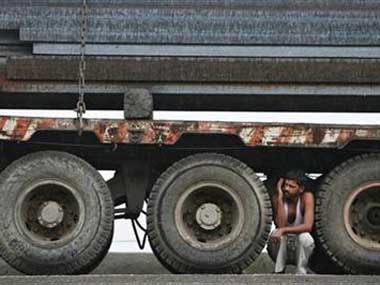)




)
)
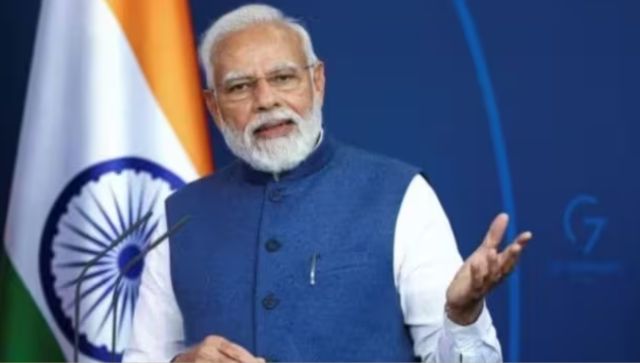)
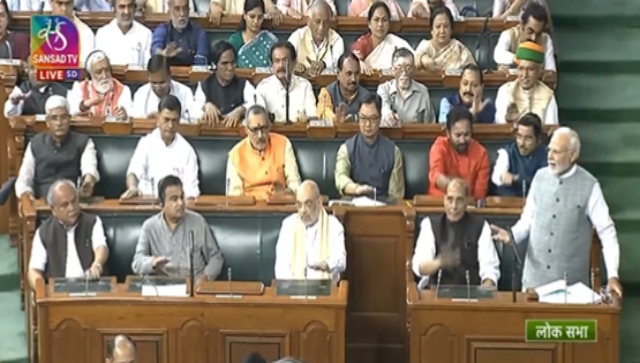)
)
)
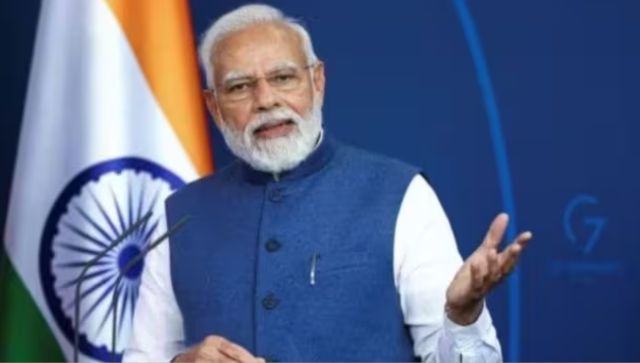)
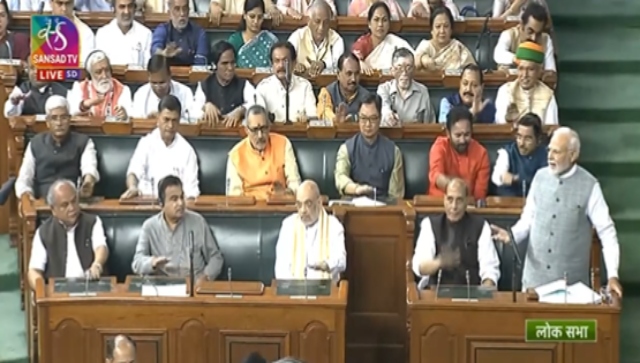)